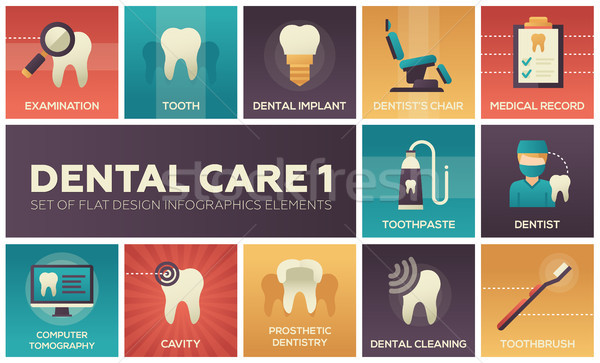Stay Ready For Sudden Oral Emergency Situations By Being Able To Recognize The Signs Of Injury And Recognizing When It Is Needed To Look For Urgent Clinical Aid
Stay Ready For Sudden Oral Emergency Situations By Being Able To Recognize The Signs Of Injury And Recognizing When It Is Needed To Look For Urgent Clinical Aid
Blog Article
Web Content Created By-Silverman Cantrell
If you feel an unexpected shock of pain or observe a tooth injury, it can be disturbing. However just how do mouse click the following internet site determine if it's a dental emergency situation that calls for prompt interest? Recognizing the vital indications and understanding when to look for help can make all the difference in protecting your dental health and wellness. Knowing when to act quickly could indicate the difference between a quick fix and much more substantial therapy.
Common Types of Dental Injury
What're the typical sorts of oral trauma that you should recognize?
Mishaps can take place, bring about various types of oral injuries. One typical sort of dental trauma is a broken tooth. you could try this out can take place from biting down on something tough or experiencing a blow to the face.
Another kind is a damaged tooth, where a part of the tooth can chip off. Furthermore, dental services might experience a knocked-out tooth, which can occur during sports or falls. It's critical to deal with the tooth thoroughly and seek prompt dental attention.
Oral trauma can likewise include a tooth that has actually been pushed out of placement or loosened as a result of an injury. This sort of injury calls for timely therapy to conserve the tooth.
Last but not least, soft tissue injuries in the mouth, such as cuts, can also take place from crashes. Finding out about https://trentonvpkey.azzablog.com/30396804/the-duty-of-accessories-and-buttons-in-invisalign-therapy of dental trauma can help you act promptly and properly in case of an emergency situation.
Indications of Oral Emergencies
Identifying the indications of dental emergencies is critical for punctual activity and correct therapy. If you experience extreme tooth pain that's constant and throbbing, it might show a hidden issue that requires immediate focus.
Swelling in the periodontals, face, or jaw can additionally be a sign of a dental emergency situation, especially if it's accompanied by pain or high temperature. Any type of sort of injury to the mouth causing a broken, damaged, or knocked-out tooth should be dealt with as an emergency situation to avoid further damages and potential infection.
Bleeding from the mouth that doesn't stop after using pressure for a couple of mins is another warning that you should seek emergency oral treatment. In addition, if you see any type of indications of infection such as pus, a nasty taste in your mouth, or a fever, it's necessary to see a dental practitioner immediately.
Disregarding these indications might lead to extra serious problems, so it's crucial to act promptly when faced with a prospective dental emergency.
Value of Immediate Treatment
Motivate activity and instant therapy are vital in dealing with oral emergencies to stop further complications and guarantee optimal end results for your dental health.
When faced with a dental emergency, such as a knocked-out tooth or serious toothache, looking for instant treatment can make a considerable distinction in conserving your tooth and relieving pain. Delaying therapy can bring about infection, increased discomfort, and also long-term damage to your teeth and gum tissues.
By looking for emergency oral treatment quickly, you raise the opportunities of successful therapy and reconstruction. Dental professionals have the essential skills and tools to deal with emergencies efficiently, decreasing the risk of lasting repercussions.
In addition, immediate treatment can aid take care of pain and discomfort, permitting you to resume your everyday activities without interruption.
Final thought
To conclude, comprehending oral injury and knowing when to look for emergency treatment is important for maintaining oral health.
By recognizing common types of oral injuries and the indications of oral emergencies, you can guarantee prompt care to stop further damage and difficulties.
Remember, looking for immediate treatment can conserve teeth, lower discomfort, and enhance the opportunities of successful healing.
Don't hesitate to seek aid from an oral specialist if you experience any type of indications of dental trauma.
